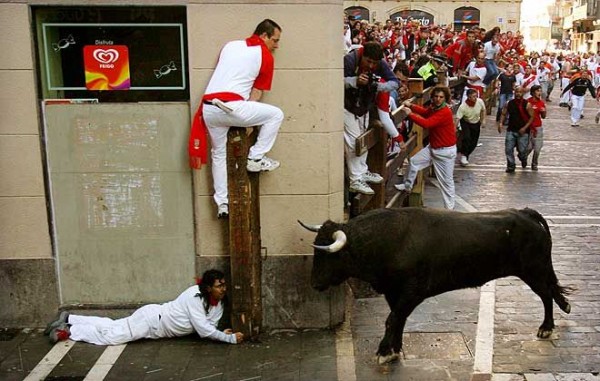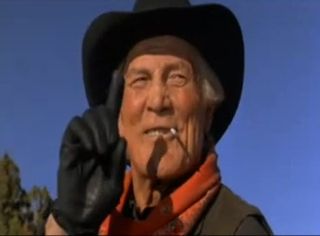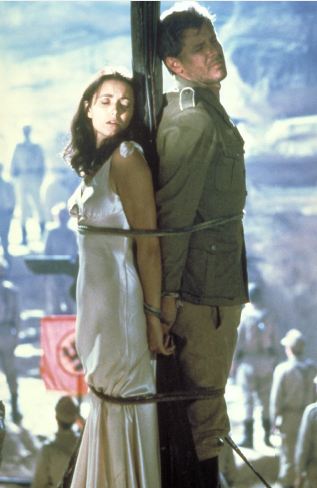How many basic stories are there? Who cares?

Are there only seven basic stories or is it more like 36 dramatic situations? Or does it all boil down to Man vs. Nature, Man vs. God and Man vs. Himself? I’ll answer those questions with a question.
Who cares?
Yes, I said it. You can characterize and categorize your story to death, but it’s not going to help you until you get SPECIFIC and PRACTICAL.
I got to thinking about this topic after seeing a recent article on The Straight Dope called What are the seven basic literary plots?
Pick any integer from one to a hundred and you can probably find somebody arguing that that’s how many basic plots there are.
In fact, the author Cecil Adams did some research and found sources that cite 69, 36, 20, 7, 3, 2, and 1 basic story in human story-telling. So which is it?
It’s actually one, but not in the sense of Exposition/Rising Action/Climax/Falling Action/Denouement (which I’ve never found to be helpful. What is a Rising Action, anyway?)
 It’s one because it’s your story. That’s the only story that matters.
It’s one because it’s your story. That’s the only story that matters.
You are the one telling your story so by definition it’s unique. Which is not to say that I don’t think you should base your screenplay on any other story. In fact, on the contrary, I think it’s a GREAT idea to find a template for your script and use that as a guideline for your narrative.
When I teach my Story Maps Workshops, I have my students write up a Story Map outline for an existing film as well as their own screenplay. The existing film should be in the same genre, appeal to the same audience and ideally, be told in the same style as the student’s original screenplay. They can then use it as a beat-for-beat model, inserting their own unique characters and plots into the same page ranges or just as general structural inspiration. It also helps to know and understand the influential and successful movies in your genre.
This is not just helpful with getting you on a conclusive track with the structure of an all-new screenplay but it puts your script into a commercially proven genre and story template so movie execs, producers and reps will recognize what kind of story you’re telling and who it’s for. Sure, it’s possible that you could break in with a completely unconventional, 14 act, 3-genre hybrid of a script, but it’s very, very unlikely. Your greatest chance at getting your foot in the door is to write something that they can look at and know what it is.
This is a home-invastion thriller.
This is a woman-in-jeopardy action movie.
This is an R-rated family drama.
This is a four-quadrant animated comedy.
I “get” those descriptions. Those categories make sense in terms of modern, commercial films. As opposed to…
This is a Man versus Nature story.
This is a Literary Plot.
This is a classic “Taking Up the White Man’s Burden” story!
Are you “getting” those? I didn’t think so.
If you’d like to look at some examples of Story Maps for well-known films, see the links below. You will also find more maps in my E-Book Story Maps: How to Write the GREAT Screenplay.
Good Luck and Happy Writing!
-Dan
Free Downloads:


Leave a Reply
Want to join the discussion?Feel free to contribute!